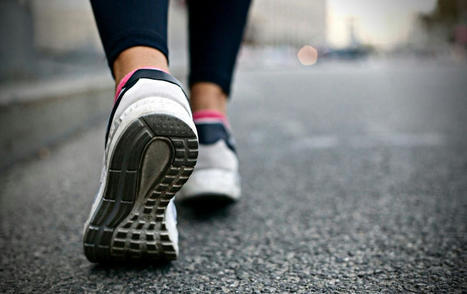Introduction
The musculoskeletal system allows the various muscle groups to surround the bones and joints through ligaments and muscle tissues that help with mobility and stabilizes the skeletal structure from pain. As the body ages naturally, the muscles, bones, and joints get affected as numerous factors begin to cause the body to be dysfunctional. Many of these factors could take a toll on the body and cause bone mass density loss, leading to osteoporosis. A person experiencing osteoporosis can generate overlapping risk profiles affecting the body’s muscles and joints, leading to painful symptoms. Today’s article looks at osteoporosis, how it affects the muscles and joints, and how numerous treatments can help reduce osteoporosis symptoms. We utilize information about our patients to certified medical providers using MET therapy to mitigate the effects of osteoporosis on the musculoskeletal system. We encourage patients by referring them to associated medical providers based on their diagnosis while supporting that education is a remarkable way to ask our providers the most interesting and essential questions at the patient’s acknowledgment. Dr. Alex Jimenez, D.C., comprises this information as an educational service. Disclaimer
What Is Osteoporosis?
If you’ve been experiencing severe back or hip pain or struggling to breathe, you may be experiencing osteoporosis. This condition causes bones to become porous, making them brittle and weak, and it affects around 200 million people worldwide, with women being more commonly affected than men, as studies revealed. Many risk factors can cause bones to deteriorate quickly and become weaker, leading to an increased risk of fragility, fracture, and muscle and joint pain. Additional studies have revealed that some risk factors that can lead to osteoporosis development include:
- Race
- Ethnicity
- Age
- Sex
- Metabolic syndrome
Osteoporosis can often go undetected for a long time, with individuals only noticing symptoms such as a forward-curved upper back or a broken bone.
Osteoporosis Affecting The Muscles & Joints
Osteoporosis can affect the body’s bones, muscles, and joints, especially major skeletal portions like the spine, hips, wrists, and shoulders. Studies have shown that individuals with or without trauma can experience symptoms like pain due to osteoporosis caused by hormone deficiency. “Clinical Applications of Neuromuscular Techniques” by Dr. Leon Chaitow, N.D., D.O., and Dr. Judith Walker DeLany, L.M.T., explain that bone density can decrease when bone resorption happens faster than bone formation. This decrease in bone density could lead to joint fractures and cause musculoskeletal disorders that affect a person’s stability and mobility, leading to complaints in the upper and lower body extremities.
The information herein is not intended to replace a one-on-one relationship with a qualified health care professional, licensed physician, and is not medical advice. We encourage you to make your own health care decisions based on your research and partnership with a qualified health care professional. Our information scope is limited to chiropractic, musculoskeletal, physical medicines, wellness, sensitive health issues, functional medicine articles, topics, and discussions. We provide and present clinical collaboration with specialists from a wide array of disciplines. Each specialist is governed by their professional scope of practice and their jurisdiction of licensure. We use functional health & wellness protocols to treat and support care for the injuries or disorders of the musculoskeletal system. Our videos, posts, topics, subjects, and insights cover clinical matters, issues, and topics that relate to and support, directly or indirectly, our clinical scope of practice.* Our office has made a reasonable attempt to provide supportive citations and has identified the relevant research study or studies supporting our posts. We provide copies of supporting research studies available to regulatory boards and the public upon request. We understand that we cover matters that require an additional explanation of how it may assist in a particular care plan or treatment protocol; therefore, to further discuss the subject matter above, please feel free to ask Dr. Alex Jimenez or contact us at 915-850-0900.
Dr. Alex Jimenez DC, MSACP, CCST, IFMCP*, CIFM*, ATN*
email: coach@elpasofunctionalmedicine.com
Licensed in: Texas & New Mexico*



 Your new post is loading...
Your new post is loading...









Dr. Alex Jimenez gives an insightful overview of how osteoporosis is relieved by MET therapy for many individuals. If you have any questions or concerns, please call Dr. Jimenez at 915-850-0900.